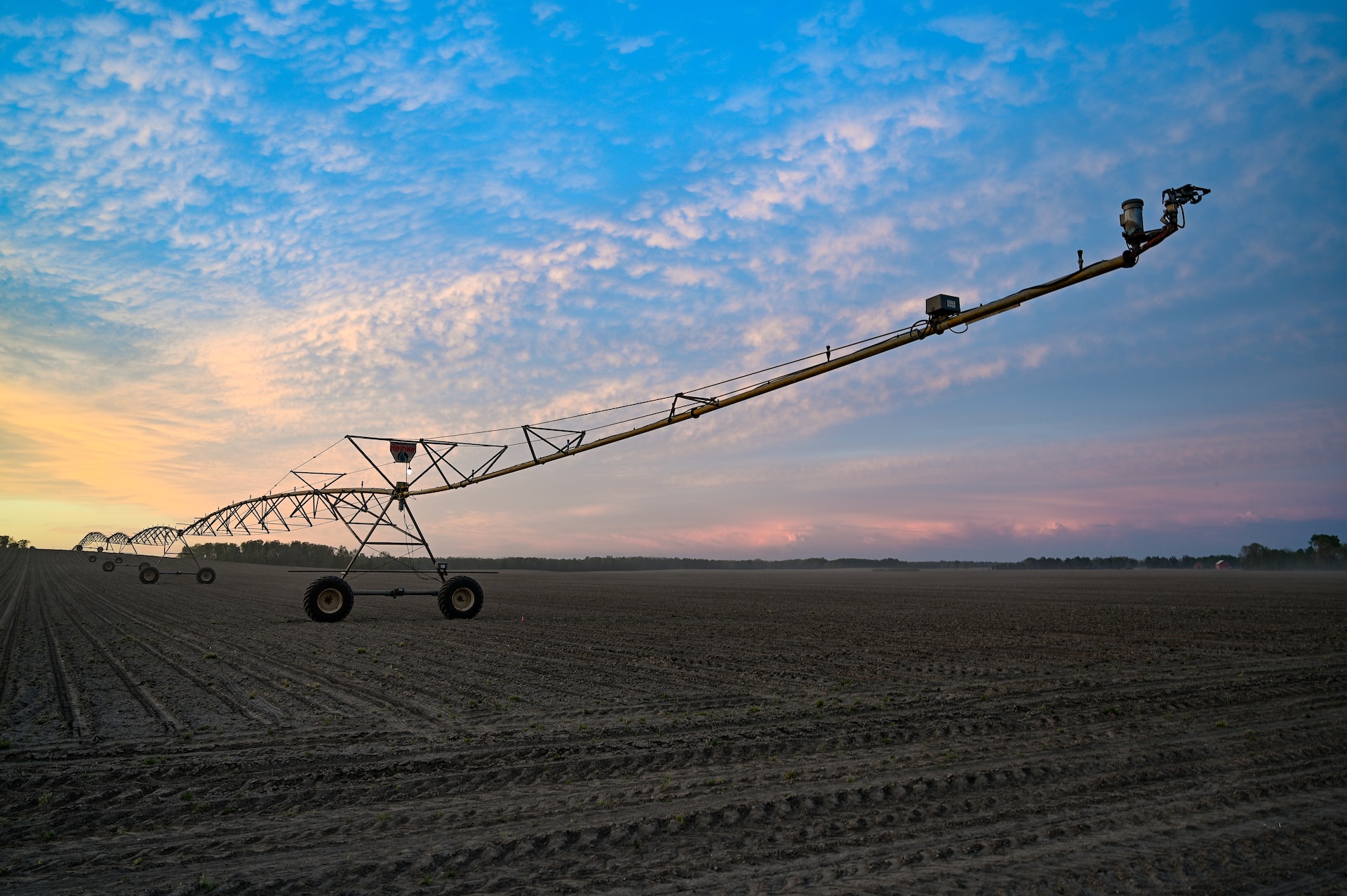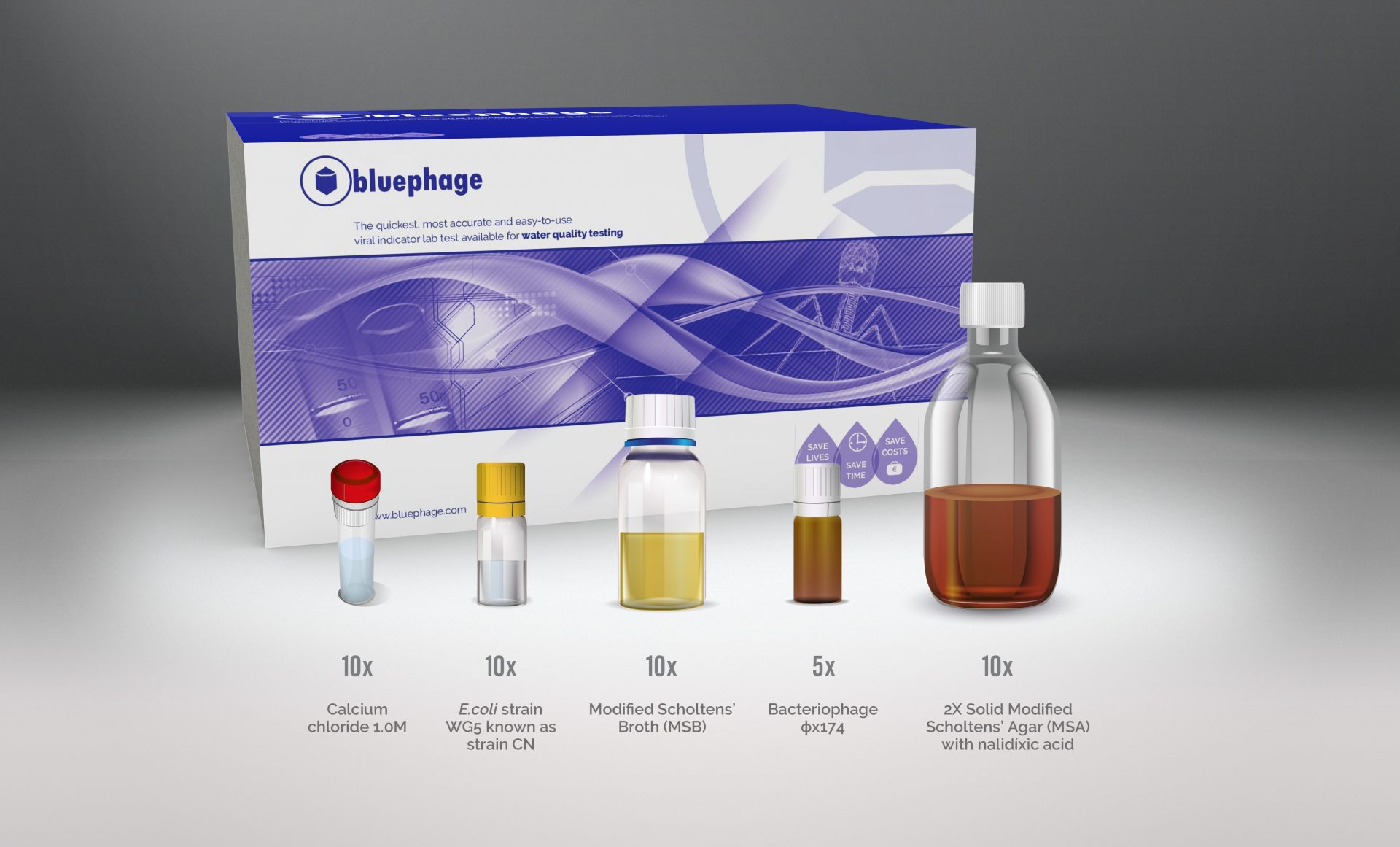BLOG | Bluephage
The Vital Connection: Safe Water as the Cornerstone of Food Safety

Water and food safety are interconnected elements that play a crucial role in sustaining human life and ensuring the well-being of communities worldwide.
The pressing need for secure water resources has become increasingly evident as environmental degradation, climate change, and population growth continue to strain our planet’s limited water reserves.
This article aims to highlight the importance of safe water in ensuring food safety by highlighting recent events and reports that underscore the urgency of addressing these global challenges.
1. Water scarcity and the growing urban population
According to the United Nations World Water Development Report 2023, the global urban population facing water scarcity is projected to double from 930 million in 2016 to 1.7-2.4 billion people by 2050. This alarming statistic highlights the imminent risk of a global water crisis. As cities expand and urban populations grow, ensuring access to clean water becomes paramount to sustaining agriculture, which forms the backbone of food production.
2. The link between clean water and sustainable agriculture:
To meet the growing demands of an increasing population, agricultural practices must be efficient, sustainable and rely on secure water sources. Irrigation systems, essential for agricultural productivity, depend heavily on access to clean water. By applying appropriate water management techniques and ensuring the availability of safe water, we can safeguard crop yields, improve food production and mitigate the risk of food shortages.
3. Collaborative water management:
Addressing water scarcity and ensuring food security requires a collaborative approach. Community management of water supply and sanitation systems is essential to provide safe and affordable water to both urban and rural areas. Governments, international organizations, non-governmental agencies and communities must work together to develop sustainable water management strategies, improve infrastructure and promote responsible water use.
4. The impact of climate change and environmental degradation:
The climate crisis and environmental degradation pose significant threats to both water and food safety. Rising temperatures, changes in rainfall patterns, and extreme weather events disrupt agricultural productivity and threaten water supply. The UN World Food Programme (WFP) and the UN Environment Programme (UNEP) signed an agreement on May 3, 2023, to address the devastating impacts of the climate crisis, environmental degradation, and biodiversity and ecosystem loss on the food and water security of millions of people around the world. Collaborative efforts are vital to mitigate these challenges and increase the resilience of vulnerable communities.
5. Alarming increase in acute food unsafety:
The Global Food Crisis Report reveals a worrying trend of increasing acute food unsafety. In 2022, approximately 258 million people in 58 countries were facing acute food unsafety at crisis levels or worse. This sharp increase from previous years underscores the urgency of addressing the underlying causes of food unsafety. Access to safe water plays a critical role in breaking the cycle of hunger and malnutrition, as it directly influences agricultural productivity and food availability.
The interconnection between clean water and food safety cannot be overemphasized. As the world’s population continues to grow and environmental challenges persist, it is imperative to prioritize the provision of safe water resources to ensure sustainable agriculture and mitigate the risk of food shortages. Collaborative efforts between governments, international organizations, and communities are crucial to develop effective water management strategies and promote responsible water use.
Bluephage aims to assist in this effort by providing water management industry professionals with solutions to control fecal and viral contamination in water to ensure pathogen-free water for irrigation.


